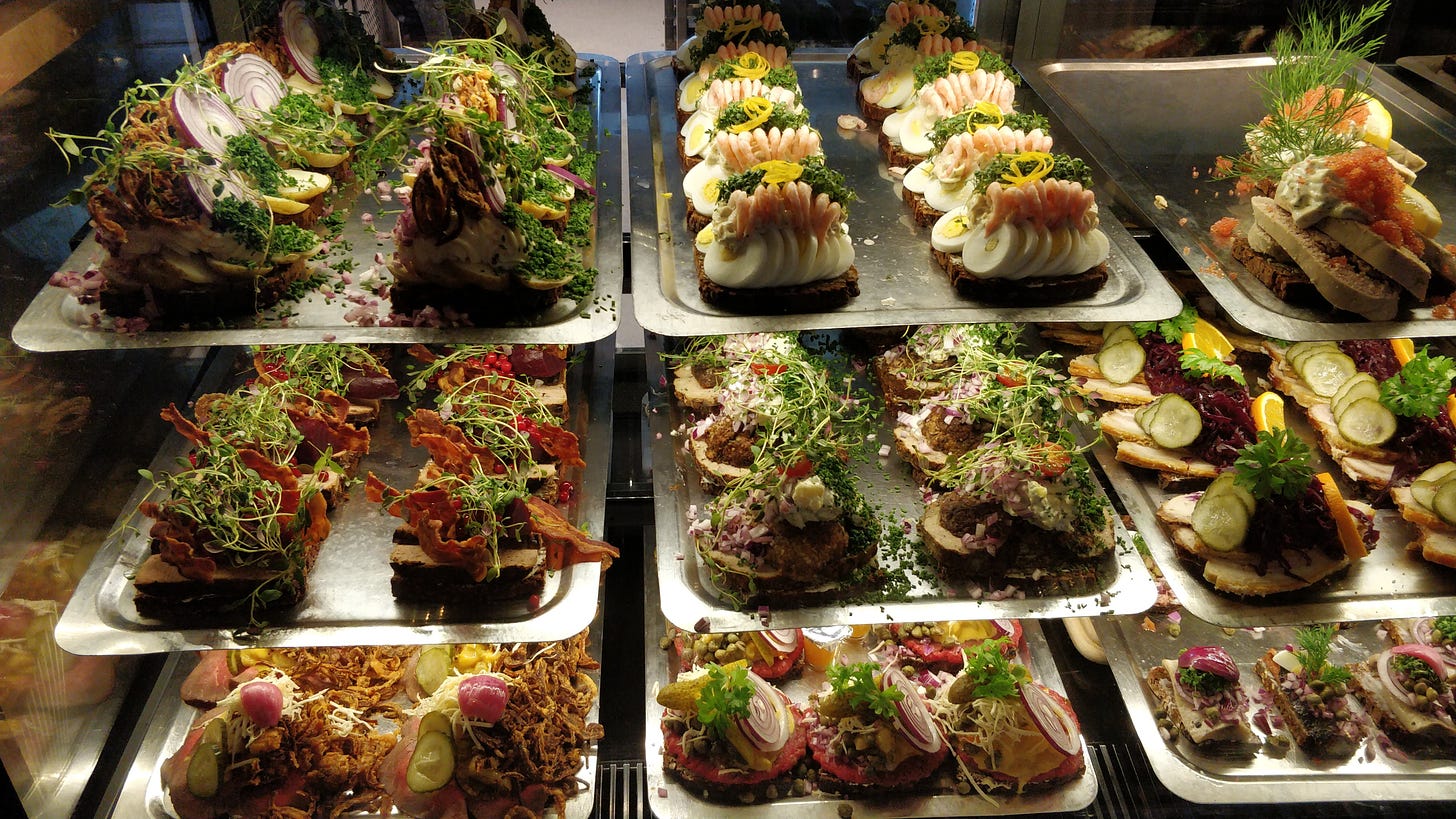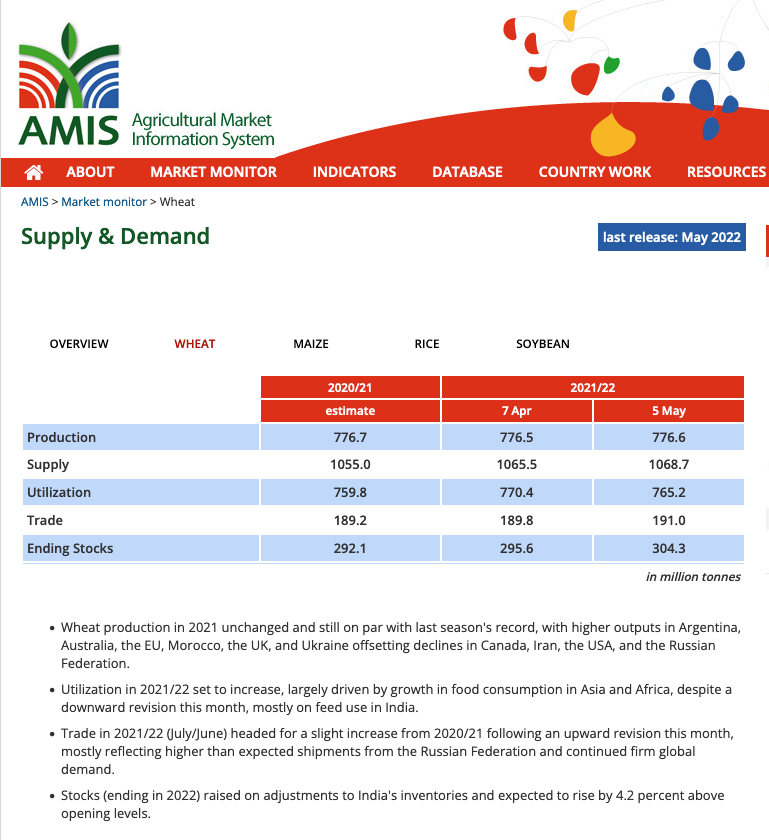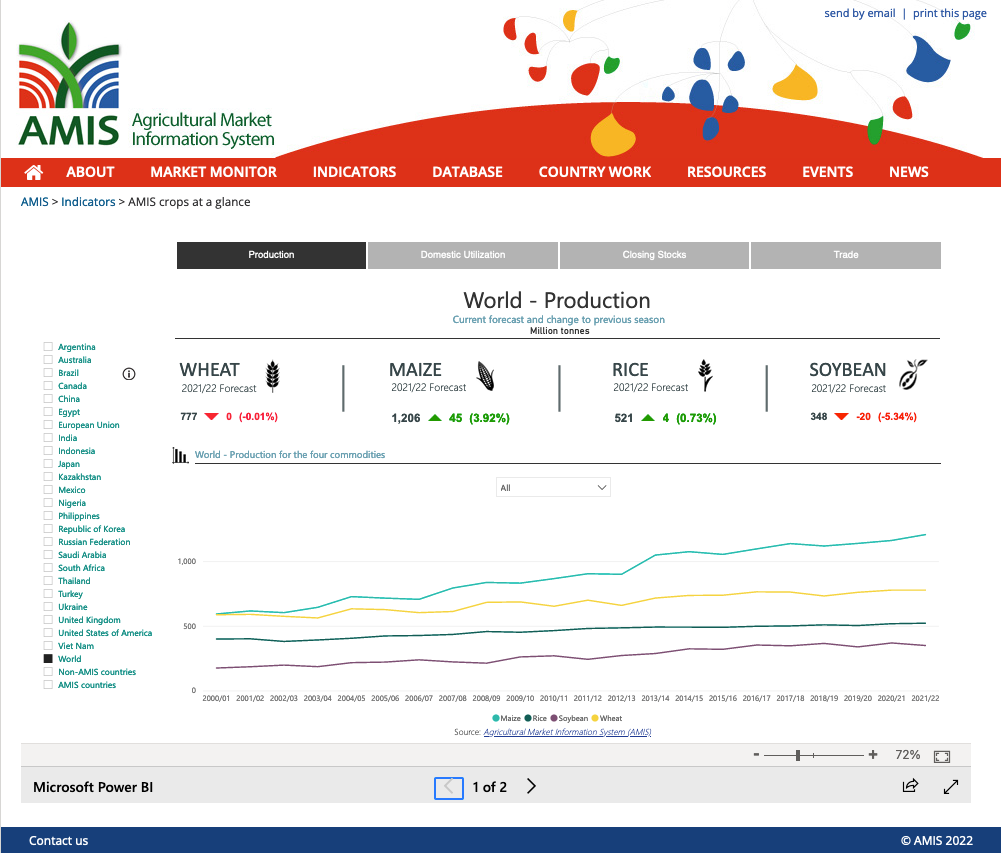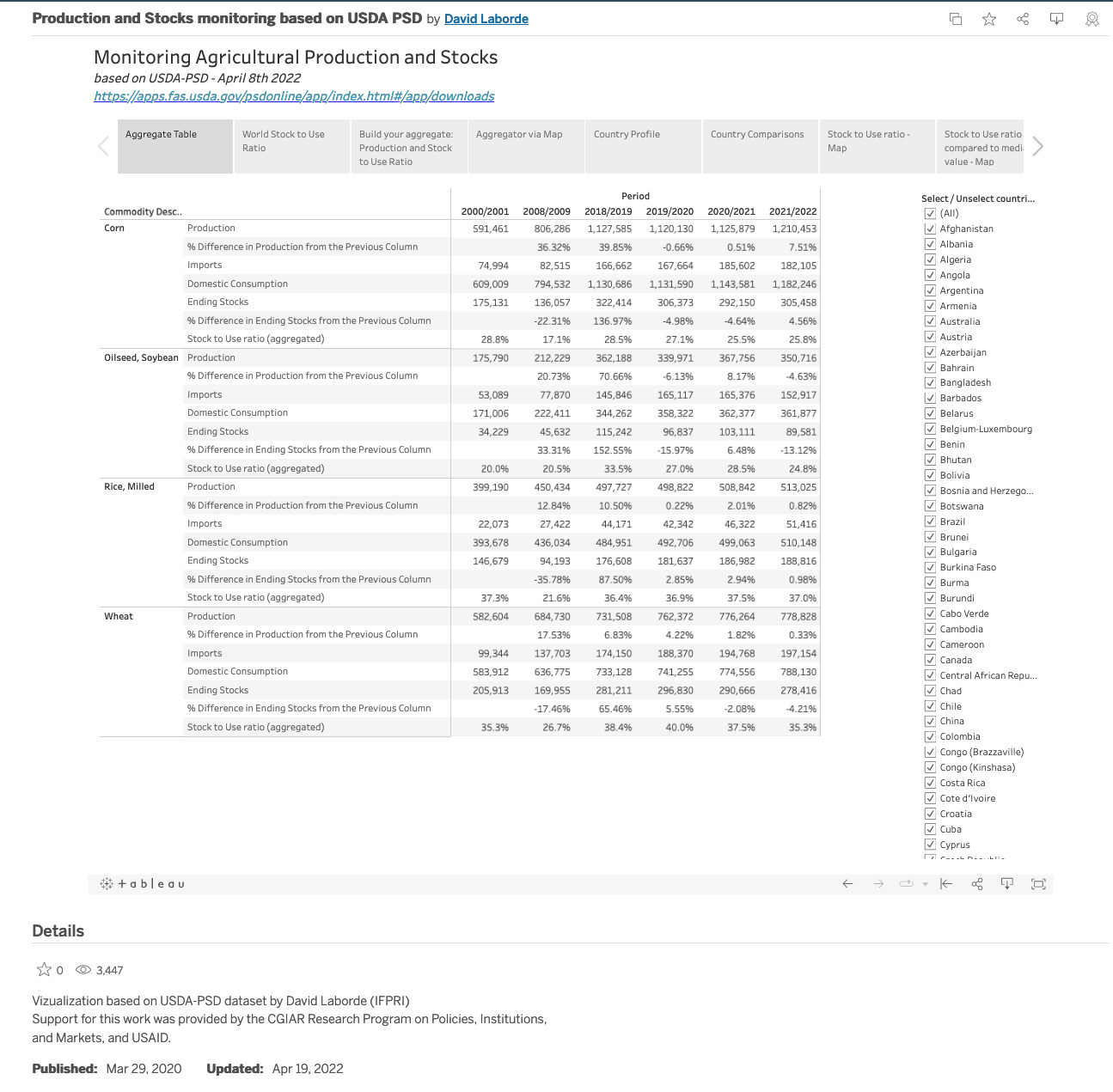You know how these headlines work, right? If there’s a question, the answer is usually ‘no’. But read on to find out why.
When I left a full-time staff position to go freelance in Jan 2021, my main motivation was to keep writing about food systems and climate change. It was also why I started Thin Ink.
I really believe we all need to be better informed about our food systems - not just what’s available at the grocery stores but how it's produced, who’s producing it, what are the challenges, etc, because whether we can transform them is a key determinant of our continued existence on this planet.
I also want all journalists to become food journalists and non-foodie readers to take a keen interest in food reporting. So I read the latest news stories about “food shortages” with a mixture of alarm and frustration and that’s what I’m going to tackle this week.
The Scary Headlines
My deep ambivalence comes from headlines and commentaries like these. Just for clarity’s sake - the Politifact piece was talking about how food shortages won’t really hit the United States.
Some are better reported and more compellingly argued than others but I worry the result will be the same - hoarding, panic buying, beggar-thy-neighbour behaviour.
Access & Affordability versus Availability
I think a lot of the articles are conflating two very different issues - access and affordability with availability.
Many seem to be suggesting we have a problem with availability. Which is truly horrifying if true. But unless something changed dramatically overnight - not impossible, really, considering the past two years we’ve been through - this is just NOT accurate.
I won’t go into the technical definition of ‘food insecurity’ - you can read it here on page 6 - but I want to stress the differences between these terms.
Availability - do we have sufficient supplies of food?
Access - can people get these foods, for example, through markets?
Affordability (in a way this is a sub-section of access) - are the costs of foods out of reach of ordinary people?
We currently have enough food to feed everyone in the world. Our stock levels are fine. Productivity is fine, even with this terrible and tragic war in Ukraine. See “Where are we with productivity?” for more.
The real issues we have today are access and affordability, the same issues that have plagued food insecurity for decades and why the number of people going hungry is rising despite massive gains in crop yields over the past half a century.
The World Bank said its Agricultural Price Index is up 42% as of May 19, 2022 compared to January 2021. Maize and wheat prices are 55% and 91% higher, compared to January 2021. Check “The Pink Sheet” here for more detailed price data on commodities.
Export vs. Production
Another important point to keep in mind when stories say Russia and Ukraine are responsible for a quarter or a third of world’s wheat exports. This is true, but it’s only half of the story.
What's available on the global markets is a fraction of global production. Much of the food we produce around the world, including wheat, is consumed locally.
Crop Scientist Dr. Sarah Taber has explained this key distinction very succinctly in this twitter thread.

Where are we with productivity?
Yesterday, I checked the Agricultural Market Information System (AMIS) which has data from principal trading countries of agricultural commodities. They account for 80% to 90% of production, consumption and trade volumes of key crops.
I also checked the production and stock monitoring data portal set up by David Laborde, senior research fellow at the International Food Policy Research Institute (IFPRI).
This why I’m saying we don’t have “availability” problem. At least not right now.
Don’t just take my word for it.
Experts I’ve spoken said stories claiming we only have supplies for X months seem to be misinterpreting current stock levels as some sort of permanent condition.
“While we have “local” issues and some shortages meaning that price will go up to adjust supply and demand, there are still grains and food everywhere. We may have 10 months of wheat (not sure the source of the statement), but we harvest wheat every 6 months at least, so except major crop failures in the coming month, we will survive,” said IFPRI’s David Laborde.
However, he added an important caveat - “But for the poor, that still means paying their food at a much higher price”.
David’s colleague Joseph Glauber also told me this.
“When we talk about global inventories we usually refer to inventories on hand at a particular point in time. For global crop year for wheat, that is the end of June. At the local level, we sometimes talk about current level of stocks (as in "the Egyptian Supply Ministry says they have stocks to last 4 months”). It is easy to confuse the two if you aren't familiar with agriculture.”
Other experts have also said there is not a global supply shortage at the present moment.
Who’s not helping?
Syngenta. Yes, the Swiss agrochemicals company, which is one of the world’s largest. Why? Erik Fyrwald, the company’s CEO, has apparently “called for an end to organic farming to avoid a worsening food crisis”.
“The indirect consequence is that people are starving in Africa because we are eating more and more organic products,” he told NZZ am Sonntag newspaper, according to swissinfo.ch.
Hello keyboard, meet my forehead.
So, in a nutshell….
We currently have plenty of food. The problems at the moment are about access and affordability and many of these are political decisions.
Food prices have been rising even before the Ukraine war, and our recent Hunger Profiteers investigation showed what’s exacerbating it, and the impact this is having on some of the poorest and most vulnerable populations in the world.
Things could get worse. The World Bank has warned that for each one percentage point increase in food prices, 10 million people are thrown into extreme poverty, and there are real concerns that a combination of climate change, conflict and post-COVID-19 supply chain problems could lead to an availability issue in the near future.
For now though, what we need to do - and do it urgently - is to make sure the food gets to those who need it but are unable to get it or pay for it, not for people in relatively comfortable situations to hoard or panic buy food.
As always, have a great weekend! Please feel free to share this post and send tips and thoughts on twitter @thinink, to my LinkedIn page or via e-mail thin@thin-ink.net.












